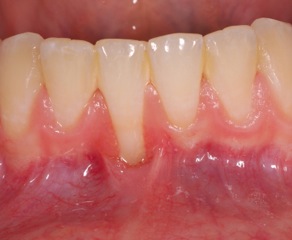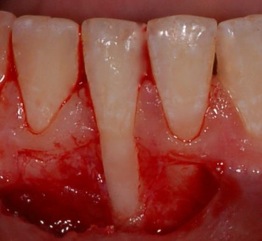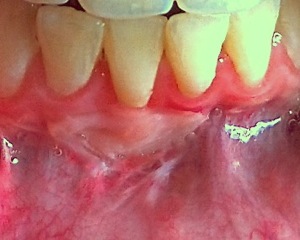How Oral Piercings can lead to Serious Illness, By Dr Veronique Coleman
Oral piercings can damage your teeth and lead to serious illness:
Oral piercings have become very popular with young adults.
Life -threatening health complications from piercings include: airway obstruction due to swelling of the tongue , transfer of diseases such as Hep B, C and D and Infective Endocarditis.
Bacteria can enter the bloodstream when an oral piercing is done and cause Infective Endocarditis. This occurs when the bacteria settle on the heart valves and cause inflammation( infection) of the heart , leading to serious illness and possibly permanent damage to heart . The risk of endocarditis increases if the person has a heart murmur.
Dr. Coleman recently treated a patient for gum recession of the lower incisors caused by a tongue stud. The patient had previously contracted infective Endocarditis after having a tongue piercing . There was no previous medical history of a heart murmur. The patient’s heart is permanently damaged due to the endocarditis .
Oral complications of piercings :
Difficulty speaking clearly
Difficulty chewing and swallowing food
Chipped or damaged teeth
Gum recession both on the facial or on the lingual aspect of lower incisors
Sense of taste can be altered /nerve damage to the tongue
Temporary or permanent drooling
Difficulties cleaning the jewellery
Overgrowth around the piercing
Swelling and bleeding
In July 2013 the Irish Dental Association advised that the “The risk of infections is heightened when people decide to get a piercing done when they are abroad or are attending a music festival. The standards of hygiene may well be lacking, leading to a greater risk of contracting hepatitis. That is why the IDA is calling for the introduction of a regulatory code in Ireland and the EU for piercing establishments”
A case treated by Dr Coleman. The tongue stud caused gingival recession on the lingual aspect of the lower incisor in the highlighted area . The area was treated with a ‘gum graft ‘ to restore the missing gum and to thicken the gum tissue in that area to help prevent further gum recession . The tooth to the left was also treated as it was also developing gum recession. The patient no longer wears a tongue stud. Note also the chipped lower right central incisor and repaired left central incisor. ( see arrows ) and the spacing between the lower central incisors .
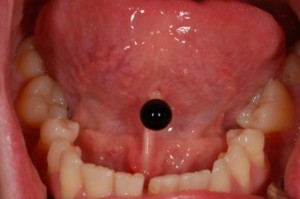
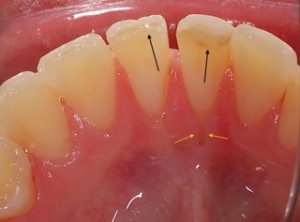
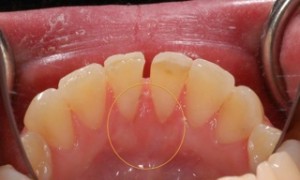
Photos of gum recession caused by lip piercing, The aim of the procedure was to cover the root and provide a thick band of gingival tissue to prevent recurrence of gingival recession .
See also Complications of Tongue Piercing: A Review of the Literature and Three Case Reports



